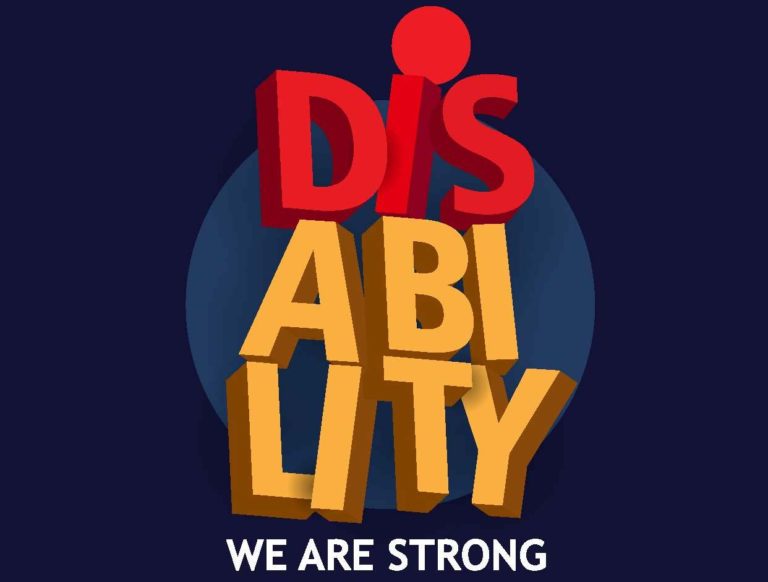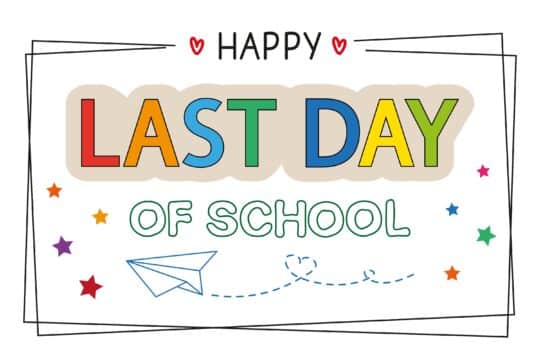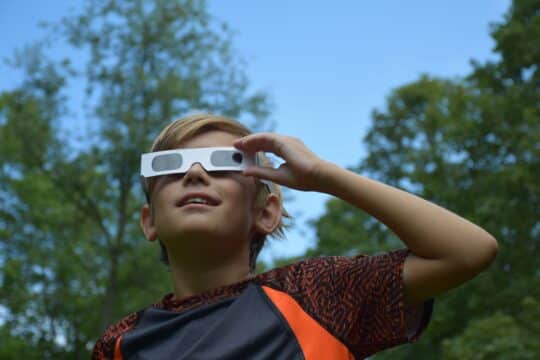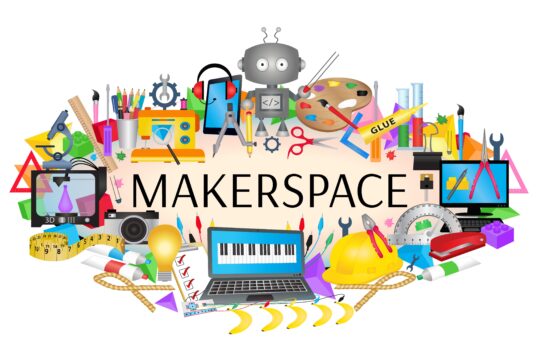What is National Disability Day?
About one billion people around the globe have some form of a disability. National Disability Day is observed internationally on December 3rd, and it is meant to help people become more aware, compassionate, and understanding of the challenges those with disabilities face. Disabilities can fall into twenty-one different categories, and the more informed you are, the better you can assist those living with disabilities.
Each year, the theme has a different focus. The theme for 2020 is “Not All Disabilities are Visible”. There are so many people living with TBI (traumatic brain injuries), as well as Autism Spectrum Disorder. The COVID-19 Pandemic has disrupted many lives and left many disconnected from social norms. The impact will be long-lasting on our society as a whole, and especially difficult for those with disabilities to cope with. Developing a better understanding of disabilities is an important first step in creating a more accepting society.
Why is it Important to Celebrate National Disability Day with Students?
Showing students the importance of understanding and empathizing with those who have disabilities is an important character building lesson. There is much more focus on character development and education in schools, and this is a perfect opportunity to educate students on those with disabilities. This day can help to increase awareness in and out of the classroom, as well as begin to build acceptance.
Ways to Celebrate National Disability Day in Class
Take the Pledge
Have a class discussion about disabilities to see what background knowledge your students possess. Have students ask and answer questions for each other and remind students that it is okay to feel uncomfortable during the discussion, as it is not an easy discussion for most to take part in.
After you complete the class discussion, have students take the Global Pledge. This is a pledge for inclusion and about being a teammate, a friend, and welcoming someone who is left out. A follow-up discussion on the importance of inclusion may even go into a second or third day of character education time blocks.
Create an Awareness Group
What better way to create awareness than by the students themselves? Students can work individually or with a partner and create a Google Slide on a specific disability. The slides can all be combined into one slideshow and this can be shared with other classes in the building to spread awareness. This gives students ownership of a project that can have an impact on others lives.
Information that would also be interesting to include in this slideshow would be about famous people that suffer from disabilities. This would help to send a message that you can still do great things and still achieve your dreams even when you suffer from a mental or physical disability.
Disability Simulations
Another activity for the classroom is to have disability simulations. Putting yourself in someone else’s shoes and seeing what it is like to live with certain disabilities can be eye-opening. There are various activities you can use to simulate disabilities. Ability Awareness Activities has great ideas on simulations to use! You can set up centers in your classroom, or even have remote students participate while on a Google Meet/Zoom meeting.
One example of an activity from this website is the Specific Disability Simulation. The only materials you need are an index card and a pencil. In this activity, the student will use his/her dominant hand to hold the index card against his/her forehead. With the other hand students will need to write the following on the index card: any word, the solution to a math problem while showing the work, and an address, all while holding the index card on your forehead. This is generally frustrating for the students, but is helpful in developing awareness of disabilities.
Understood.org lets you experience various simulations for reading, writing, math, attention, and organization issues. This is an online simulation and a great way to involve hybrid and remote students. As so much of the work is technology-based now, this is a great way for students to understand what those with disabilities deal with and how learning is a different experience for them. Through each of the simulations, students are able to feel the frustration as words are not input as typed, letters are mixed up in words, coin values are different, distractions being a major factor in understanding directions, etc. This is a real-life simulation that will make many students think differently about those with disabilities.
Guest Speakers
Guest speakers can provide insight about real-world experiences for students. Having people come in and talk to the class (or do so virtually) is a way for students to hear first-hand stories of how disabilities can impact someone’s life. This also allows for students to ask questions not only about the disability itself, but about how it affects a person’s feelings.
In the school that I work in, there are multiple people with disabilities that come in to be guest speakers each year. Their disabilities range from being deaf to being a paraplegic, and it is always so silent you could hear a pin drop while the presenters are speaking. Students are generally very interested and ask many questions at the end of the presentation. The feedback from the students was positive and that of interest and a greater depth of understanding.
A famous quote from Easter Seals is, “The worst thing about a disability is that people see it before people see you.” In order to understand disabilities, students need to be taught about disabilities. Students need to be shown, not told, about disabilities, and need to experience different disabilities first hand.
The goal is for students without disabilities to advocate for those with disabilities inside or outside the school walls. The world is on a journey to be accepting of people for who they are, disability or not. Education is the key to understanding, and understanding opens the doors for acceptance and beyond. Together, we can all make a difference and make the world a more accepting place.
Online and Remote Learning Activities for National Disability Day
Teaching students about disabilities is an opportunity that should not be missed, and technology can be a great aid in this. Here are a few ways to help you understand disability awareness through remote and online learning activities.
Peer Interview
Children with disabilities have a range of abilities and want to be treated like everyone else. One of the best ways to celebrate National Disability Day is to learn more and spread awareness about how disabled children feel by interviewing a classmate or anyone they know who has a disability.
An interview can provide students with insight into real-world experiences the student must face. They can hear first-hand what it’s like to live with a disability and ask the student how they would like to be treated or not be treated. A remote interview can also be beneficial for both the interviewer and the interviewee because both students may find it easier to open up and have an honest discussion while being in the comfort of their own homes versus a face-to-face interview.
Learn about Disabilities from Learning for Justice
Help students increase knowledge about people with disabilities and explore ways to sensitively communicate with people with disabilities by having students partake in an activity through an online resource called Learning for Justice.
Younger students can read (or be read to) the story An Unlikely Friendship about two girls’ journey, one in a wheelchair and one not. After reading the story, students can learn more about disability awareness by answering text-dependent questions on the site. Older students can complete a WebQuest called Understanding Hidden Disabilities. Through this activity, students will learn how to communicate positively and with sensitivity to help support and include people with disabilities.
Teach Empathy and Kindness
The Hasbro Children’s Fund has sponsored a Be Fearless Be Kind campaign where students can take a pledge to be fearless and kind by standing up to others, being inclusive, and making a difference.
Students can download and print the pledge and then watch a video to see how the pledge was created. This pledge was inspired to help teach empathy and kindness, and there is no better time to take this pledge than on National Disability Day.
Once students have taken the pledge, they can answer a few writing prompts or discussion questions to keep the conversation going. Here are a few ideas.
- Have you seen other kids feeling left out? What can you do to include them?
- How are you kind to others? What are a few examples?
- What are some ways that you can make a difference in someone else’s life?
- Do you see anyone in your school that needs help? What are some ways that you can help them?
Scour the Internet
Students of all ages can gain background information about a range of disabilities by exploring different websites. Students can search sites like the Special Olympics and the International Paralympic Committee.
Once students have scoured the sites, they can discuss their reactions by answering the following questions on a Flipgrid video.
- How are disabled people portrayed in the media?
- What surprised you the most during your search?
- What value does seeing disabled athletes have on the public?
Explore Disabilities
Many people are curious to know what a day in life would be like of someone with a disability. The website Band-aids and Blackboards was created by a registered nurse to help people understand what life is like for a child or teenager who has a disability. Task students to search the site and read the stories to learn more about whatever disability or disease they are curious about. Once students have read a few stories, challenge them to choose one that stood out to them and write a short report about it.
An inclusive culture begins with children understanding that people have differences, but it’s important to accept everyone’s differences. Educating children about disabilities will help to create an environment where all children feel included.




